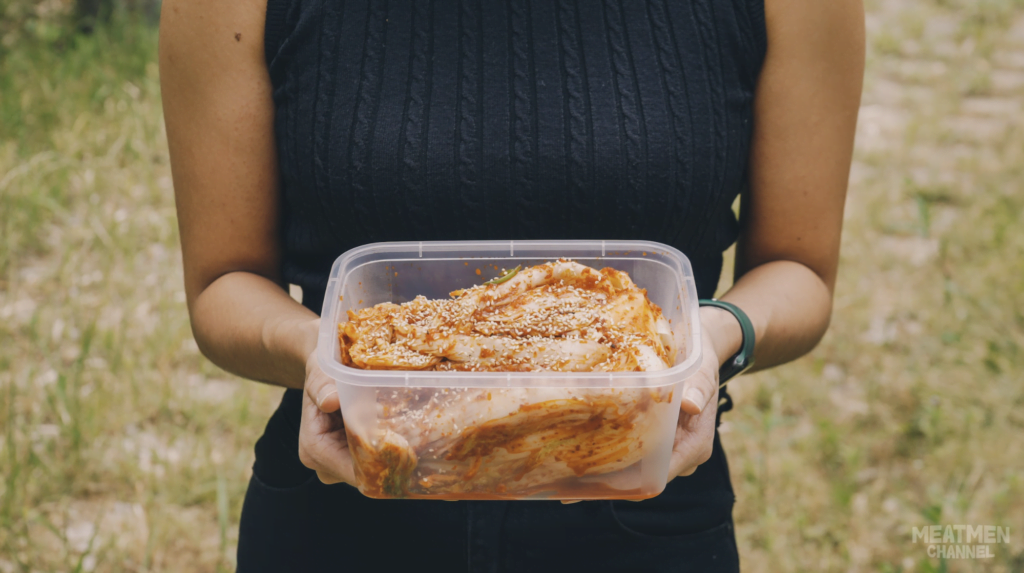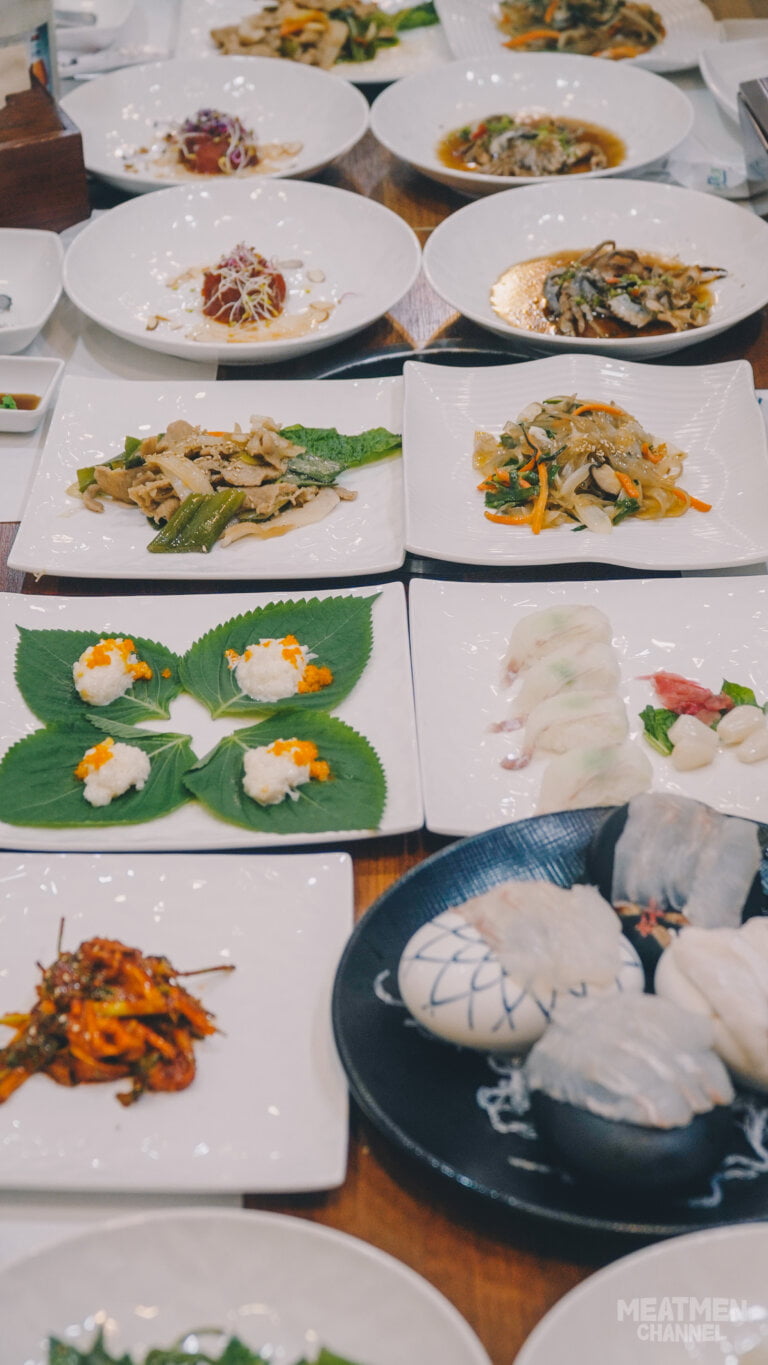From Cabbage to Crunch: Your Guide to DIY Korean Kimchi
Authentic Kimchi Recipe

Did you know that there are close to 200 different types of Kimchi? Depending on the region and season, Koreans prepare and enjoy this nutrient-dense, flavour-explosion of a side dish in many ways. It’s so quintessentially Korean that they even host World Kimchi Festivals.
We learnt this during our trip to the Jeollanam-do region, where we stopped by Kimchi Town in Gwangju to make Korean Kimchi with true Kimchi experts. It was such an apt place to learn, as Gwangju is known as the birthplace of Kimchi, and is also said to have the best Kimchi in Korea (don’t quote us, it’s in their brochure)!
Instagram will load in the frontend.
Arriving at an unassuming office building, we were met with enthusiastic ee-mos (aunties) ushering us into a Kimchi-preparation studio. Laid out on each kitchen island were vibrant halves of salted Korean cabbage, crisp, julienned Korean radish, spring onions and chives.
Gimjang Kimchi and the art of Korean kimchi-making
Before diving in, the ee-mos shared the concept of Gimjang (김장) – the communal practice of making Kimchi. Deeply ingrained in Korean culture, this practice transcends class and region, strengthening family and neighbourly bonds through the sharing of food. So much so that it’s inscribed as Korea’s contribution to UNESCO’s Intangible Cultural Heritage!

The entire concept revolves around the seasons and communities. Families procure ingredients for salting and fermenting in Spring and prepare dried red chilli powder and sea salt in Summer. Come Autumn, Gimjang is in full swing where communities make and share huge quantities of Kimchi to last them through Winter.
It’s similar to making Nonya Achar where the whole kampong comes together to dice, salt and mix together this delicious side dish.
Ingredients for the Perfect Kimchi: Paechu
It was our turn to give it a go! The eemos guided us to mix the ingredients together. While seemingly straightforward, there’s a technique to getting Kimchi-Town-level Paechu Kimchi. And it’s all in the details!
Paechu or Napa Cabbages are soaked in sea salt or pure salt brine (135g salt to 1.9L water) for at least 12 hours to draw out water and make the cabbage more tender. Then, taking the mixture of seasonings and sliced vegetables, we layered them between each leaf of the salted cabbage. While massaging in the mixture gently and generously across, the studio filled with laughter and stories.

Kimchi pairings: Ways to eat Kimchi
Before we know it, our salted Napa Cabbages glowed a brilliant red and were ready to eat! I like my Kimchi more tart and succulent, so mine goes into a fermentation stage for another 1 week or so.
Freshly fermented Paechu Kimchi makes for tangy pickled, spicy appetiser; a perfect opening side for any meal. Kimchi can be kept in the fridge for up to 2 months with its flavours growing stronger with time. “Older” Kimchi has deeper aromas and is better for cooking, such as dishes like Kimchi Jigae and Kimchi Pancake. And recently, my favourite has been this Kimchi Fried Rice.
Authentic Kimchi Recipe
Ingredients:300g Korean radish (julienned) 2 Spring onions (halved lengthwise then diagonally thinly sliced) 20g Korean chives (cut into 4cm slices) 2 Halves salted Napa cabbage (1 half approx. 500g)*
Seasoning:20g Korean red chilli pepper powder (Taeyangcho Gochugaru) 20g Korean coarse red chilli pepper powder (Taeyangcho Gochugaru with seeds) 10g Fine sea salt 15g Sugar 15g Garlic cloves (finely chopped) 7g Ginger (finely chopped) 3 Red chillies (blended) 200g Korean radish (blended) 50g Glutinous rice paste made with fish stock* 10g Fermented shrimp paste (Saeujeot) 10ml Fish sauce (Myeolchiaekjeot) Steps:
|
Korean Kimchi in Singapore
Ever since the trip, I’ve been spoilt. Storebought Kimchi just doesn’t taste as good. And as with most food, homemade is always better. Whether you’re trying this Authentic Korean Kimchi recipe, or trying one of our easier recipes (like this Moonlight Hor Fan), the feeling of satisfaction after making a delicious meal is truly irreplaceable.
Plus, as Gimjang kimchi has shown, perhaps the secret to really good cooking is connection – a connection to people and places, to culture and heritage, that adds depth to the entire culinary experience.
This article is brought to you by Korean Tourism Organisation.
—-
More of what you might like:
Sakura Season in Singapore: 6 Amazing Spots for a Local Hanami Experience
Golden Mile Complex: Our Stories and the Future of Your Favourite Shops
P.S. We’ve got recipes for all your Singaporean and Asian favourites on our Youtube channel. Subscribe and share with your friends!
P.P.S. Can’t find a recipe you like? Drop us a comment or ping us on our socials.
—-
Get cooking with us: